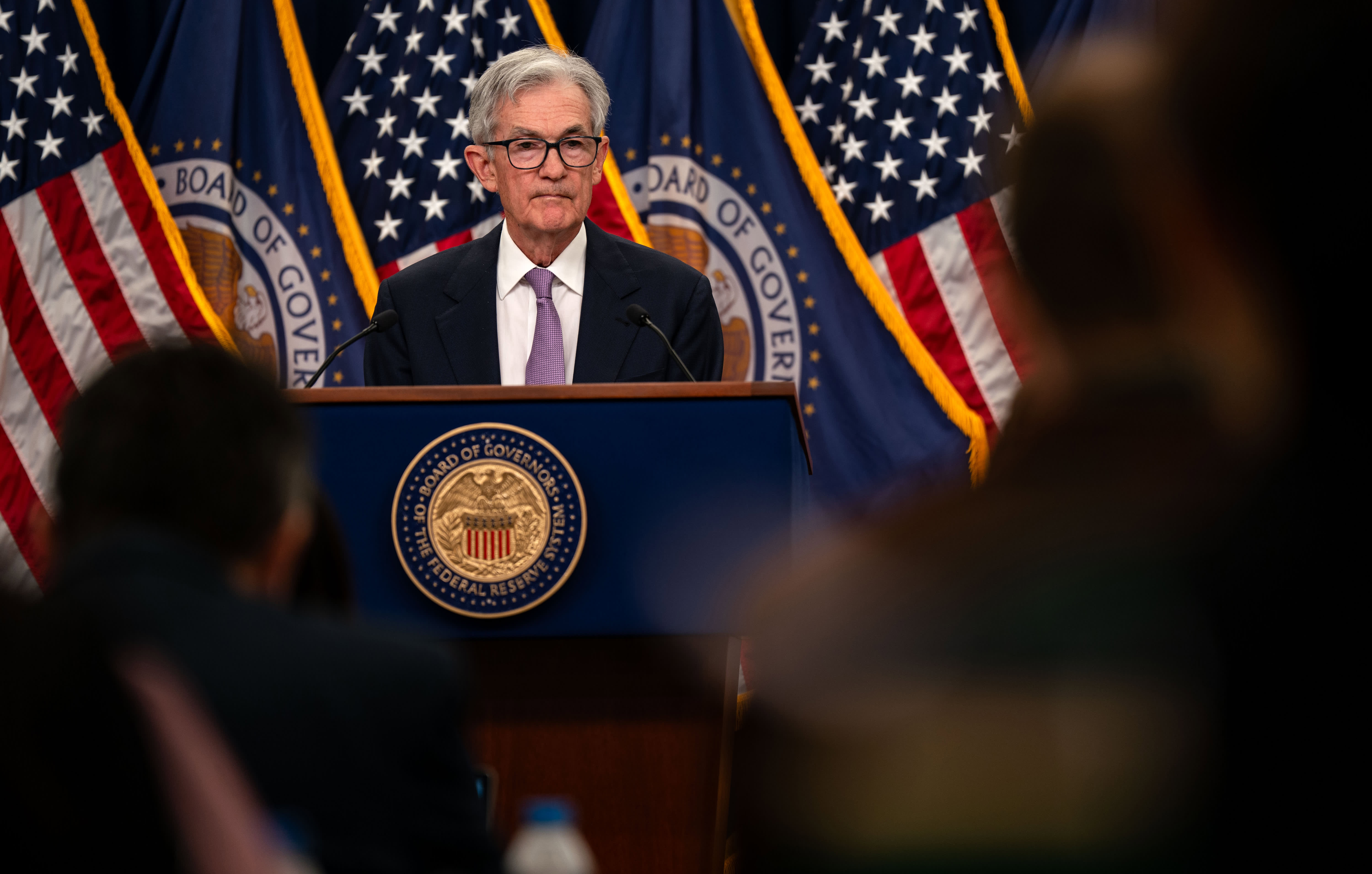
Federal Reserve officials at their December meeting expressed concern about inflation and the impact that President-elect Donald Trump‘s policies could have, indicating that they would be moving more slowly on interest rate cuts because of the uncertainty, minutes released Wednesday showed.
Without calling out Trump by name, the meeting summary featured at least four mentions about the effect that changes in immigration and trade policy could have on the U.S. economy.
Since Trump’s November election victory, he has signaled plans for aggressive, punitive tariffs on China, Mexico and Canada as well as the other U.S. trading partners. In addition, he intends to pursue more deregulation and mass deportations.
However, the extent of what Trump’s actions will be and specifically how they will be directed creates a band of ambiguity about what is ahead, which Federal Open Market Committee members said would require caution.
“Almost all participants judged that upside risks to the inflation outlook had increased,” the minutes said. “As reasons for this judgment, participants cited recent stronger-than-expected readings on inflation and the likely effects of potential changes in trade and immigration policy.”
FOMC members voted to lower the central bank’s benchmark borrowing rate to a target range of 4.25%-4.5%.
However, they also reduced their outlook for expected cuts in 2025 to two from four in the previous estimate at September’s meeting, assuming quarter-point increments. The Fed cut a full point off the funds rate since September, and current market pricing is indicating just one or two more moves lower this year. Traders are assigning a nearly 100% chance that the FOMC will stand pat at its Jan. 28-29 meeting, according to the CME Group’s FedWatch gauge.
Minutes indicated that the pace of cuts ahead indeed is likely to be slower.
“In discussing the outlook for monetary policy, participants indicated that the Committee was at or near the point at which it would be appropriate to slow the pace of policy easing,” the document said.
Moreover, members agreed that “the policy rate was now significantly closer to its neutral value than when the Committee commenced policy easing in September. In addition, many participants suggested that a variety of factors underlined the need for a careful approach to monetary policy decisions over coming quarters.”
Those conditions include inflation readings that remain above the Fed’s 2% annual target, a solid pace of consumer spending, a stable labor market and otherwise strong economic activity in which gross domestic product had been growing at an above-trend clip through 2024.
“A substantial majority of participants observed that, at the current juncture, with its policy stance still meaningfully restrictive, the Committee was well positioned to take time to assess the evolving outlook for economic activity and inflation, including the economy’s responses to the Committee’s earlier policy actions,” the minutes said.
The summary further noted that some members had begun to incorporate policy changes into their forecasts, though how many did so was unclear.
Officials stressed that future policy moves will be dependent on how the data unfolds and are not on a set schedule. The Fed’s preferred gauge showed core inflation running at a 2.4% rate in November, and 2.8% when including food and energy prices, compared with the prior year. The Fed targets inflation at 2%.
In documents handed out at the meeting, most officials indicated that while they see inflation gravitating down to 2%, they don’t forecast that happening until 2027 and expect that near-term risks are to the upside.
At his news conference following the Dec. 18 rate decision, Chair Jerome Powell likened the situation to “driving on a foggy night or walking into a dark room full of furniture. You just slow down.”
That statement reflected that mindset of meeting participants, many of whom “observed that the current high degree of uncertainty made it appropriate for the Committee to take a gradual approach as it moved toward a neutral policy stance,” the minutes said.
The “dot plot” of individual members’ expectations showed that they anticipate two more rate cuts in 2026 and possibly another one or two after, ultimately taking the long-run fed funds rate down to 3%.
This article was originally published on CNBC

